redis is an open source Key-Value database written in C language, supports network interaction, and can be memory-based or persistent.
The official website address of redis is very easy to remember, it is redis.io. (I checked specifically and found that the domain name suffix io belongs to the national domain name and is the British Indian Ocean territory)
Currently, Vmware is funding the development and maintenance of the redis project.
The reading speed of Redis is 110,000 times/s and the writing speed is 81,000 times/s
atom. All operations of Redis are atomic, and Redis also supports atomic execution of several operations after they are fully merged.
Supports multiple data structures: string (string); list (list); hash (hash), set (set); zset (ordered set)
Persistence, master-slave replication (cluster)
Supports expiration time, transactions, and message subscription.
Officially does not support window, but there is a third-party version.
Step 1: Download the installation package
Visit https://redis.io/ download Go to the official website to download. Download the latest version 4.0 here.
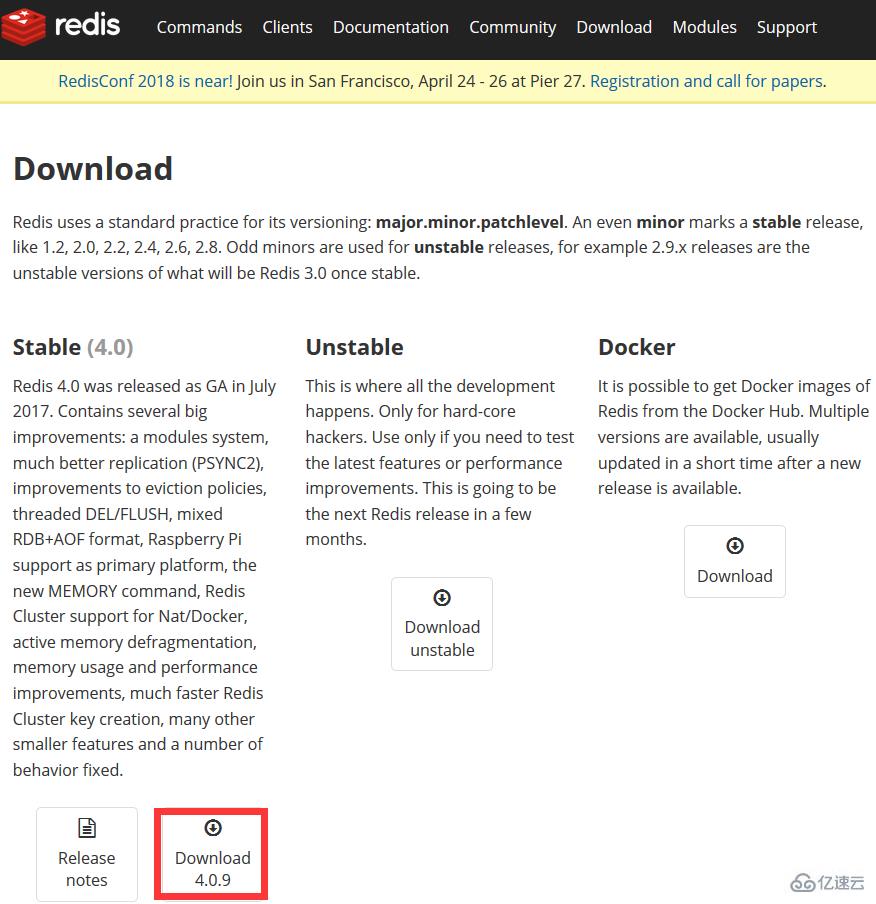
Step 2: Installation
1. Copy the compressed package through the remote management tool Go to the Linux server and perform the decompression operation


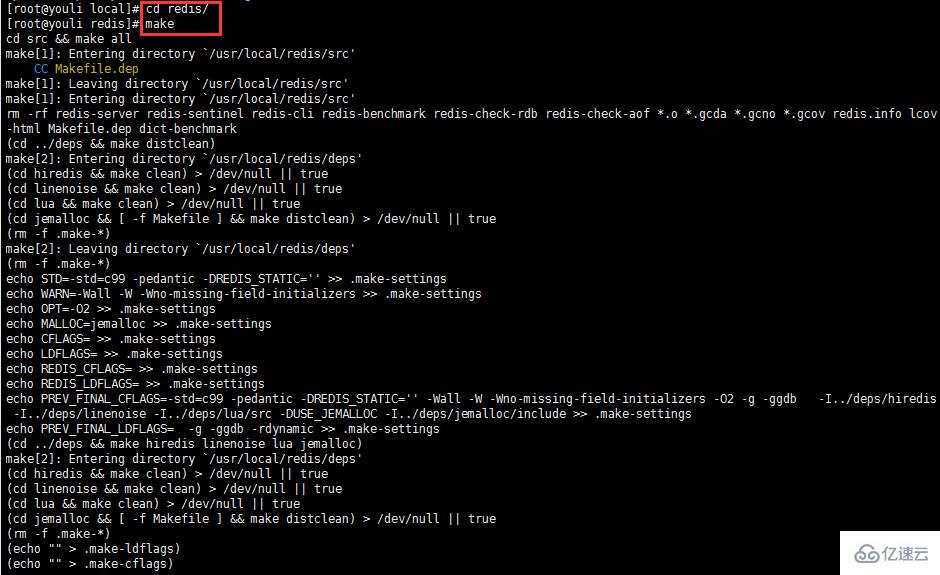
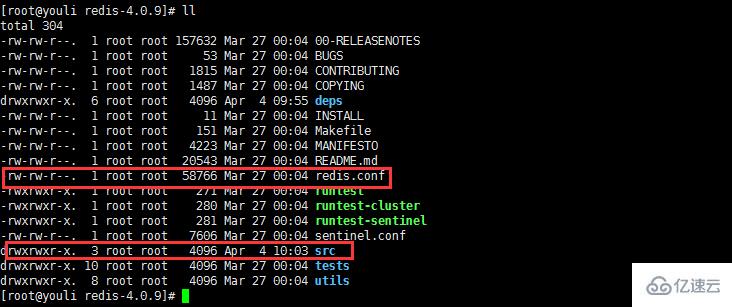
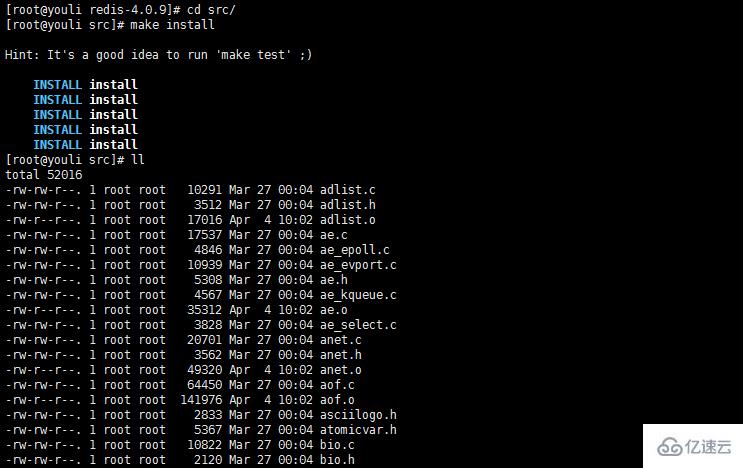
Step 3: Deployment
1. In order to facilitate management, Move the conf configuration file and common commands in the Redis file into a unified file
1), create bin and etc filesAs shown in the figure:

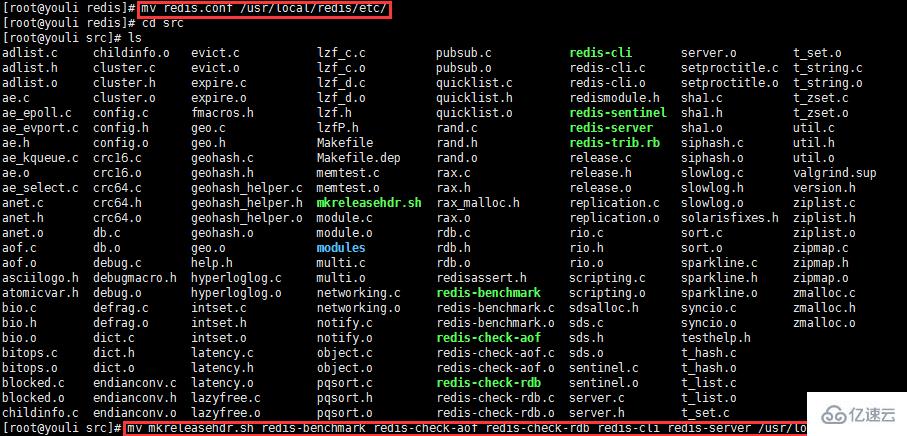
View the moved files in sequence

2. Execute redis-server to start redis
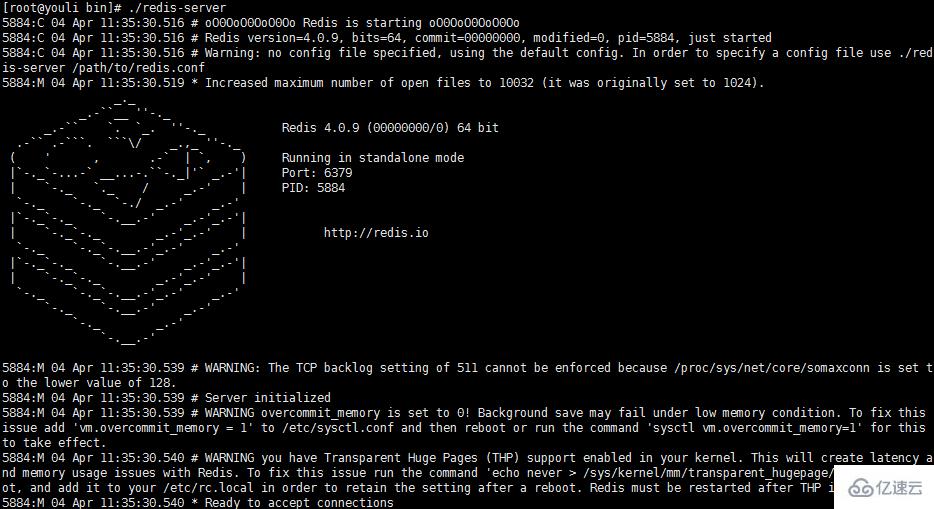
3. Set the binding IP (Note: This step can be omitted if not required)
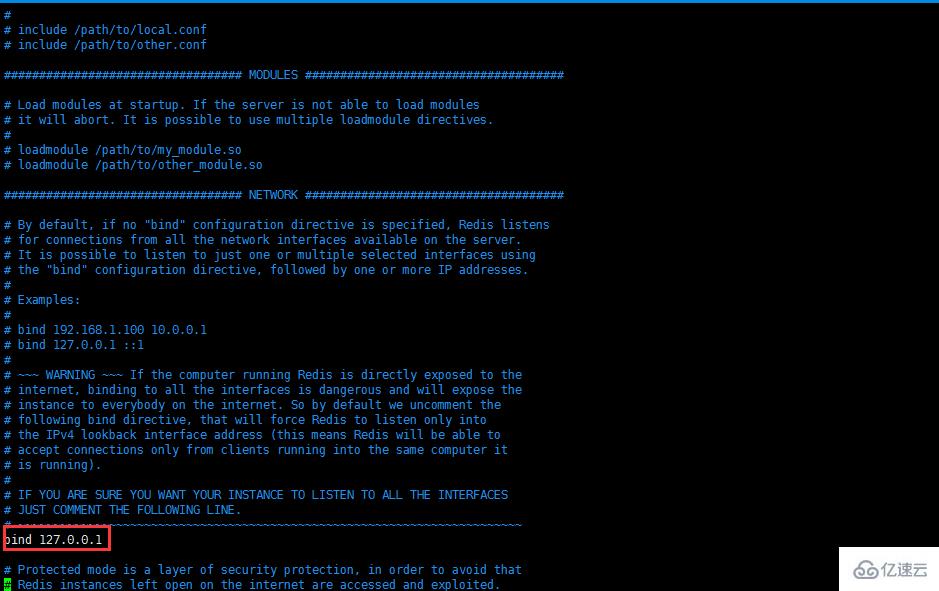
If necessary, you can change the binding IP in the above picture to the specified IP.
4. Set up the background to start redis
1) First edit the conf file and change the daemonize attribute to yes (indicating that it needs to run in the background)
cd etc/ vim redis.conf
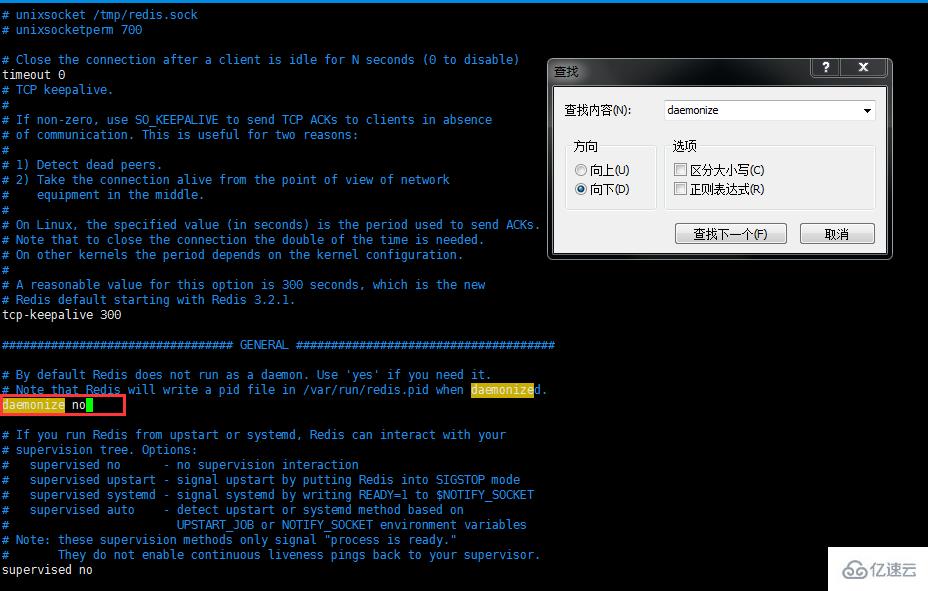
Change no to yes
2), start the redis service again, and specify the startup service configuration file
redis-server/usr/local/redis/etc/redis.conf

The configuration background runs successfully.
The above is the detailed content of How to install Redis on Linux system. For more information, please follow other related articles on the PHP Chinese website!




